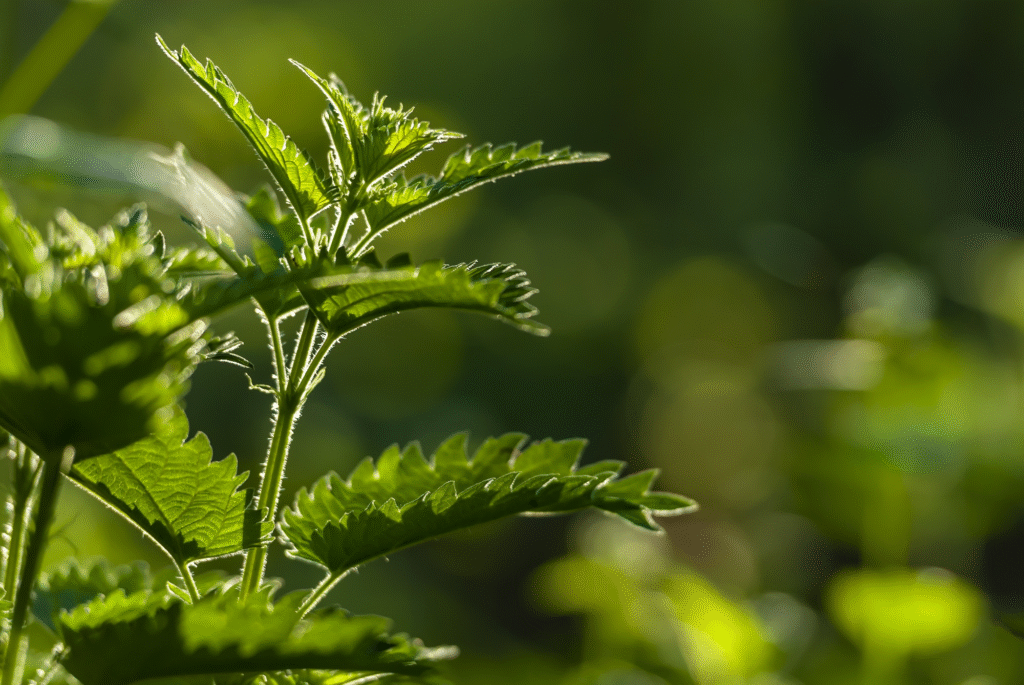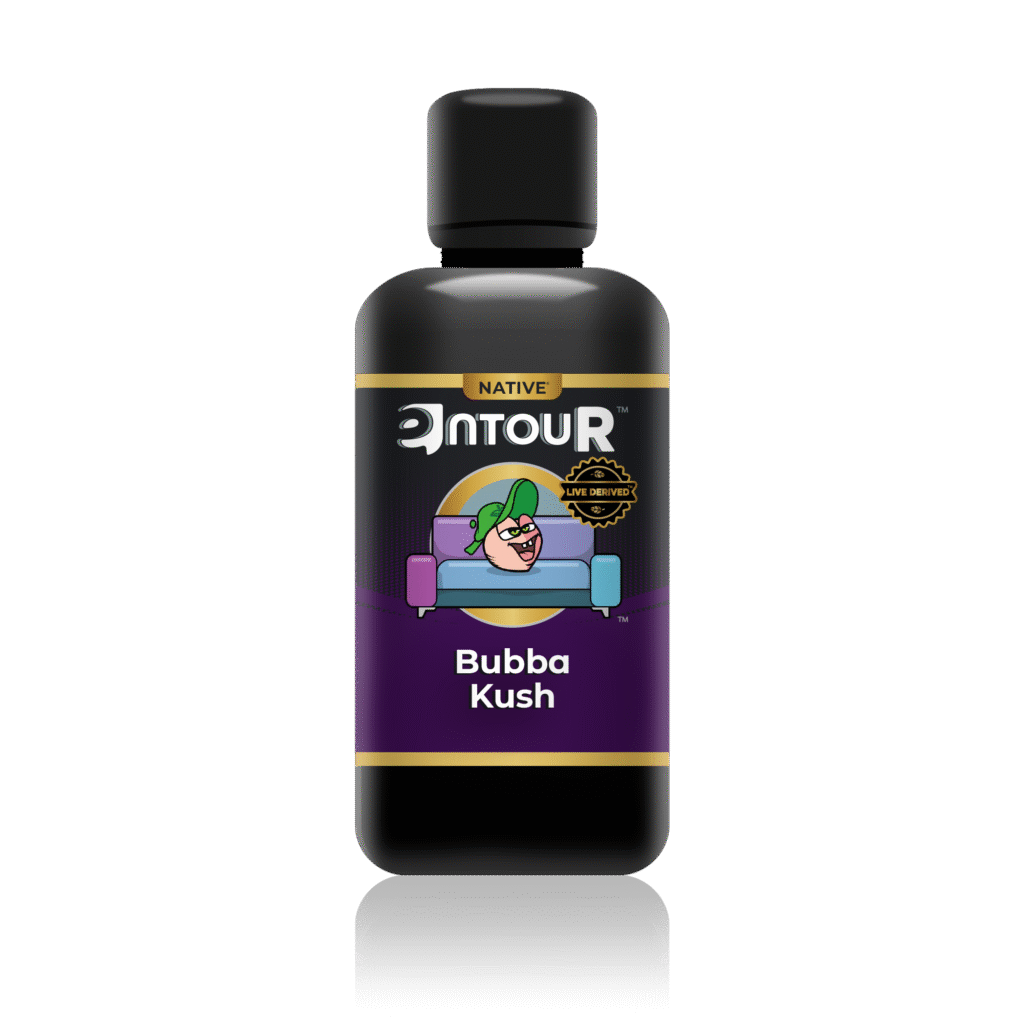When you relish a burst of citrus in your drink, breathe in the crisp scent of pine after rain, or detect subtle floral notes in a herbal tea, you’re encountering more than just aroma, you’re experiencing the power of terpenes. These tiny compounds are at the heart of how plants smell and taste.
In this article we’ll explore how terpenes shape flavor and aroma, why they matter, and how understanding them helps you appreciate everything from essential oils and natural fragrances to plants like cannabis. We’ll keep it in plain English and informational, no heavy jargon.
What Are Terpenes?
In simplest terms, terpenes are natural compounds produced by many plants. They’re responsible for the distinctive scents of things like lemons, pines, lavender, and more.
Key points:
- Plants use terpenes to attract pollinators or repel predators.
- From our perspective, terpenes are what give plants flavor and aroma, two senses that often go hand-in-hand.
- The word “flavor” here refers to the combined experience of taste + smell. Since smell heavily influences taste, terpenes play a big role.
How Terpenes Influence Aroma vs. Flavor

Aroma
- When you smell something, say a fresh lemon, the volatile terpenes evaporate and travel into your nose, triggering olfactory receptors. That’s aroma.
- For example, the terpene limonene provides a bright citrus scent found in citrus peels.
- The arrangement and type of terpene molecules matter. Slight changes in their structure = different smells.
Flavor
- Flavor is aroma + taste. When you eat something with a strong terpene profile (e.g., rosemary, pine-nuts, citrus zest), you’re tasting the floral, herbal, woody, or zesty character those terpenes give.
- One blog explains:
“Terpenes contribute to taste as well as smell … the connection between smell and taste that creates the overall experience we call ‘flavor’.” - In short: different terpenes = different flavor profiles, even if the base plant (or strain) is similar.
Why Differences in Terpene Profiles Matter
- Two plants (or essential oils, or strains) might have similar main components (for example similar base oils or cannabinoids) but feel different because their terpene profiles differ. In other words: the aroma and flavor change the experience.
- For product creators (perfumes, flavors, foods) and consumers alike, knowing the terpene profile helps tailor the outcome: you might want “bright citrus”, “deep wood”, “fresh forest”, or “sweet floral”.
- Also: Because terpenes are volatile (they evaporate or break down over time or under heat), freshness, extraction method, and storage all matter if you want a strong aroma/flavor.
Common Terpenes & Their Typical Aroma/Flavor Profiles
Here are some of the most commonly discussed terpenes, what they smell/taste like, and where you might find them:
When you combine those terpenes (and many others) in different ratios, you can get vastly different flavor/aroma profiles even within the same general category of plant.
How Terpenes Shape the Entire Sensory Experience

Here’s how the presence of terpenes can influence what you smell, taste and how you feel about it (note: not medical claims, just sensory/experience claims):
- First impression (top note): A high limonene or pinene content might hit you with a bright fresh scent or flavor immediately.
- Body and depth: Earthy or woody terpenes like myrcene or caryophyllene give staying-power, deeper flavor notes; think of a wine that opens with citrus but finishes with wood and spice.
- Aftertaste/aroma linger: Some terpenes evaporate slower, so the flavor/aroma lingers in your mouth or environment longer.
- Blend complexity: Products or plants with layered terpene profiles feel more “complex” as you might notice multiple notes (top citrus, mid herbal, base woody). Understanding which terpenes are present helps you detect and appreciate those layers.
- Matching purpose: If you’re choosing a flavor profile, knowing the dominant terpenes helps you align with what you want (bright & fresh vs deep & relaxing).
Practical Tips: Using Terpene Knowledge
Here are some practical ways to use this info whether you’re selecting an essential oil, a natural fragrance, or a plant/strain with flavor/aroma importance:
- Read the label or lab report: If available, check for dominant terpene names or percentages (e.g., “high limonene”, “rich in pinene”).
- Match flavor/aroma to your goal:
- Want something bright, fresh, uplifting? Look for citrus or pine terpenes (limonene, pinene).
- Want deep, rich, wood-herb flavour/aroma? Look for earthy/woody terpenes (myrcene, caryophyllene).
- Want something bright, fresh, uplifting? Look for citrus or pine terpenes (limonene, pinene).
- Consider storage and freshness: Because terpenes can degrade or evaporate, make sure oils, plants or strains are kept properly (cool, airtight) to preserve aroma/flavor.
- Take note of combinations: A single terpene gives a note; combinations give a full palette. Try to sample aromas/flavors side-by-side to train your senses.
- Use in context: Aroma/flavor may feel different depending on environment, mood and usage. A “woodsy” oil may feel grounding in the evening but heavy in a bright morning setting.
Why It All Matters
Understanding how terpenes affect aroma and flavor isn’t just for specialists, it helps everyday users, makers, and consumers:
- You’ll appreciate why two similar-looking oils/plants can smell/taste completely different.
- You’ll make better choices when you want a certain sensory experience.
- It enables you to talk intelligently about aroma/flavor profiles (“I want more citrus-top note, less wood”) rather than just “smells good”.
- It opens up a richer sensory world where scent = memory, flavor = emotion, and the plants/compounds become more than just “nice”.
Final Thoughts
Terpenes are the hidden artists behind aroma and flavor. They shape what you smell, what you taste, and ultimately how you experience a plant, oil, or product. By understanding their role and the way they operate, you gain more than just knowledge you get intuition.
Next time you smell that fresh burst of citrus, breathe in that forest-green pine note, or savour a herbaceous depth in an essential oil or flavor profile remember: you’re meeting terpenes. They matter. And your sensory experience is richer because of them.













